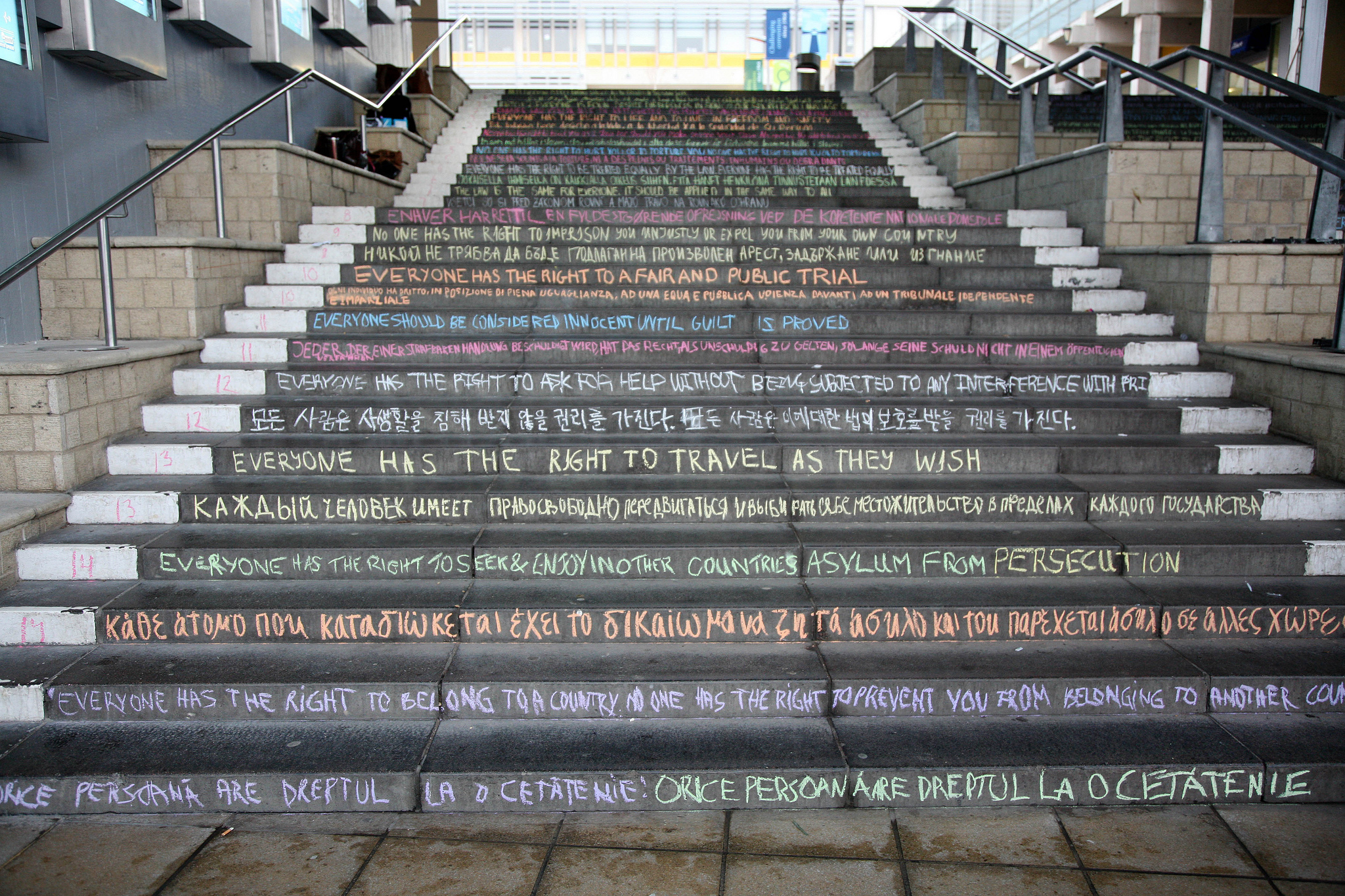The Dignity Dilemma: An Introduction

“Whereas recognition of the inherent dignity and of the equal and inalienable rights of all members of the human family is the foundation of freedom, justice and peace in the world”
– Preamble to the Universal Declaration of Human Rights
 Hello, and welcome to the inaugural post of the McGill International Review Online’s new blog on human rights, The Dignity Dilemma. My name is D’Arcy White and I’m in the final year of my degree at McGill, pursuing a double major in Economics and Political Science. My engagement with the topic of human rights first began when I joined McGill Students for Amnesty International, a role that has since expanded to an involvement as Vice President, Head of External Affairs of the club.
Hello, and welcome to the inaugural post of the McGill International Review Online’s new blog on human rights, The Dignity Dilemma. My name is D’Arcy White and I’m in the final year of my degree at McGill, pursuing a double major in Economics and Political Science. My engagement with the topic of human rights first began when I joined McGill Students for Amnesty International, a role that has since expanded to an involvement as Vice President, Head of External Affairs of the club.
Among other motivations, getting involved in activism appeared to me as a route to learn more about how human rights can be upheld. I have argued in the past (here) that human rights activism plays an important role in norm development in the local and national community. I still hold this view, but have come to recognize that, as far as my experience extends, activism alone has generally raised more questions than it has answered.
By following select current events in the human rights world and relating to them to bigger concepts in human rights discourse, this blog will be a yearlong project with the goal of making sense of human rights news by starting from square one. I will try to justify assumptions, point to key debates on the topic, and look to solutions proposed by others. This will involve asking key questions such as how, from a philosophical standpoint, can we know that human rights exist outside of the guarantees made by domestic laws? Why do liberal democracies differ so greatly in their commitments to human rights? And how come the strictures of international law regularly fail to prevent systematic human rights abuse?
 Ultimately, The Dignity Dilemma will attempt to embrace the complex reality that basing ideas of human rights on human dignity, or other ideals, leads to considerable dilemmas faced by not only bureaucrats and politicians, but also individuals. To draw conclusions on just how far institutions and individuals ought to go to protect human rights requires some understanding of why we care to begin with. What is it about human dignity that creates human rights and what are the implications of differing views on this as reflected in policy and state action or inaction? Additionally, there remains a further challenge that once an agreement on the priority ascribed to human rights is reached, policies and laws may fail to bring about the desired state of affairs. This begs the question, how can human rights actually be protected via laws and institutions and what sort of underpinning order is most conducive for their objectives to be realized?
Ultimately, The Dignity Dilemma will attempt to embrace the complex reality that basing ideas of human rights on human dignity, or other ideals, leads to considerable dilemmas faced by not only bureaucrats and politicians, but also individuals. To draw conclusions on just how far institutions and individuals ought to go to protect human rights requires some understanding of why we care to begin with. What is it about human dignity that creates human rights and what are the implications of differing views on this as reflected in policy and state action or inaction? Additionally, there remains a further challenge that once an agreement on the priority ascribed to human rights is reached, policies and laws may fail to bring about the desired state of affairs. This begs the question, how can human rights actually be protected via laws and institutions and what sort of underpinning order is most conducive for their objectives to be realized?
This blog will not pretend to have the answers to all these questions. Clearly, human rights are not as simple a concept as an enumeration of thirty articles in the Universal Declaration of Human Rights might at first have you believe. Rather, this blog will attempt to make sense of this complexity by applying these conceptual ideas to cases that will be in the weekly media.
Bumpy or smooth, I hope to have you along for the ride.
